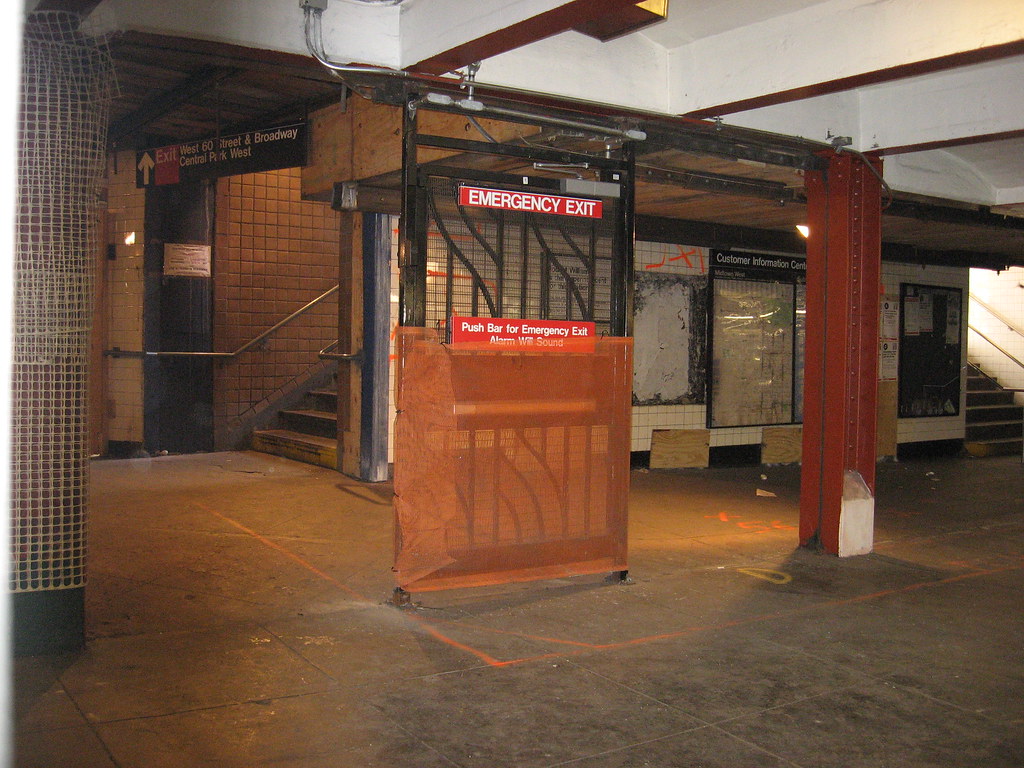While this mini article in today’s Post doesn’t say much, the few sentences it contains do not portend a good year for the MTA in 2010. Richard Ravitch, architect of a lost plan to fund the MTA, spoke at a meeting for the Permanent Citizens Advisory Committee yesterday and warned about the economic outlook for the agency.
While the MTA is due to draw in around $1.8 billion next year through various taxes and fees and while some of that money is ideally to be used for a capital construction bond issue, Ravitch thinks the MTA will be forced to use that cure its operating deficit. “I think 2010 is going to be a rough year,” he said. “The political pressures in 2010 will be such that most of the payroll tax will be used to fund the operating budget.”
More ominous is warning that “uncertainty” surrounds the MTA’s big-ticket items. With the comptroller looking into the cost and efficiency of the Second Ave. Subway, among other projects, storm clouds are gathering over this new subway line, nearly 80 years in the making. I fear for its future.

 Over the last few years, New York State Comptroller Thomas DiNapoli has emerged as one of the state’s leading authorities on the MTA’s financial crisis. He has repeatedly asked the agency to perform some internal belt-tightening and seems to display an understanding of the agency’s expenses and revenues that few New York State politicians possess.
Over the last few years, New York State Comptroller Thomas DiNapoli has emerged as one of the state’s leading authorities on the MTA’s financial crisis. He has repeatedly asked the agency to perform some internal belt-tightening and seems to display an understanding of the agency’s expenses and revenues that few New York State politicians possess.

 Elliot Sander is the unfortunate victim of circumstance, and we the subway-riding public are worse off for it.
Elliot Sander is the unfortunate victim of circumstance, and we the subway-riding public are worse off for it.














 On June 28th, transit fares across the city will rise by around eight percent. As has long been the case with fare increases, savvy straphangers will rush to stock up on cards carrying the pre-increase price tag. While once upon a time, we could horde tokens away for months on end, with the advent of the MetroCard, the MTA has been able to staunch the revenue loss to do stockpiled tokens.
On June 28th, transit fares across the city will rise by around eight percent. As has long been the case with fare increases, savvy straphangers will rush to stock up on cards carrying the pre-increase price tag. While once upon a time, we could horde tokens away for months on end, with the advent of the MetroCard, the MTA has been able to staunch the revenue loss to do stockpiled tokens.